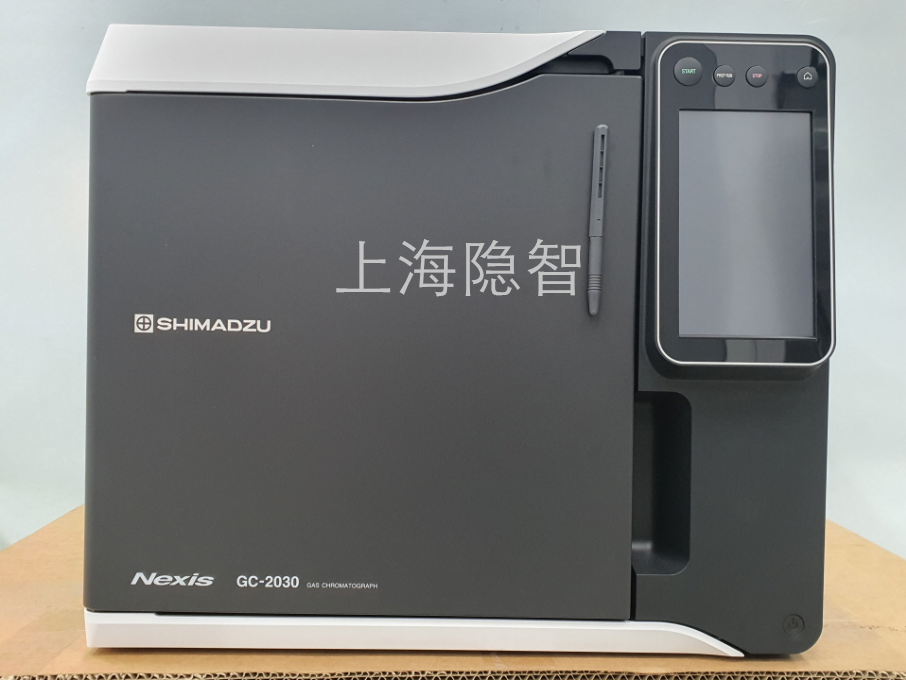
The Shimadzu Nexis GC-2030AF is a flagship gas chromatograph designed for high-precision trace analysis, integrating intelligent technology and modular expandability. It is widely used in environmental monitoring, food safety, pharmaceuticals, and petrochemical industries.
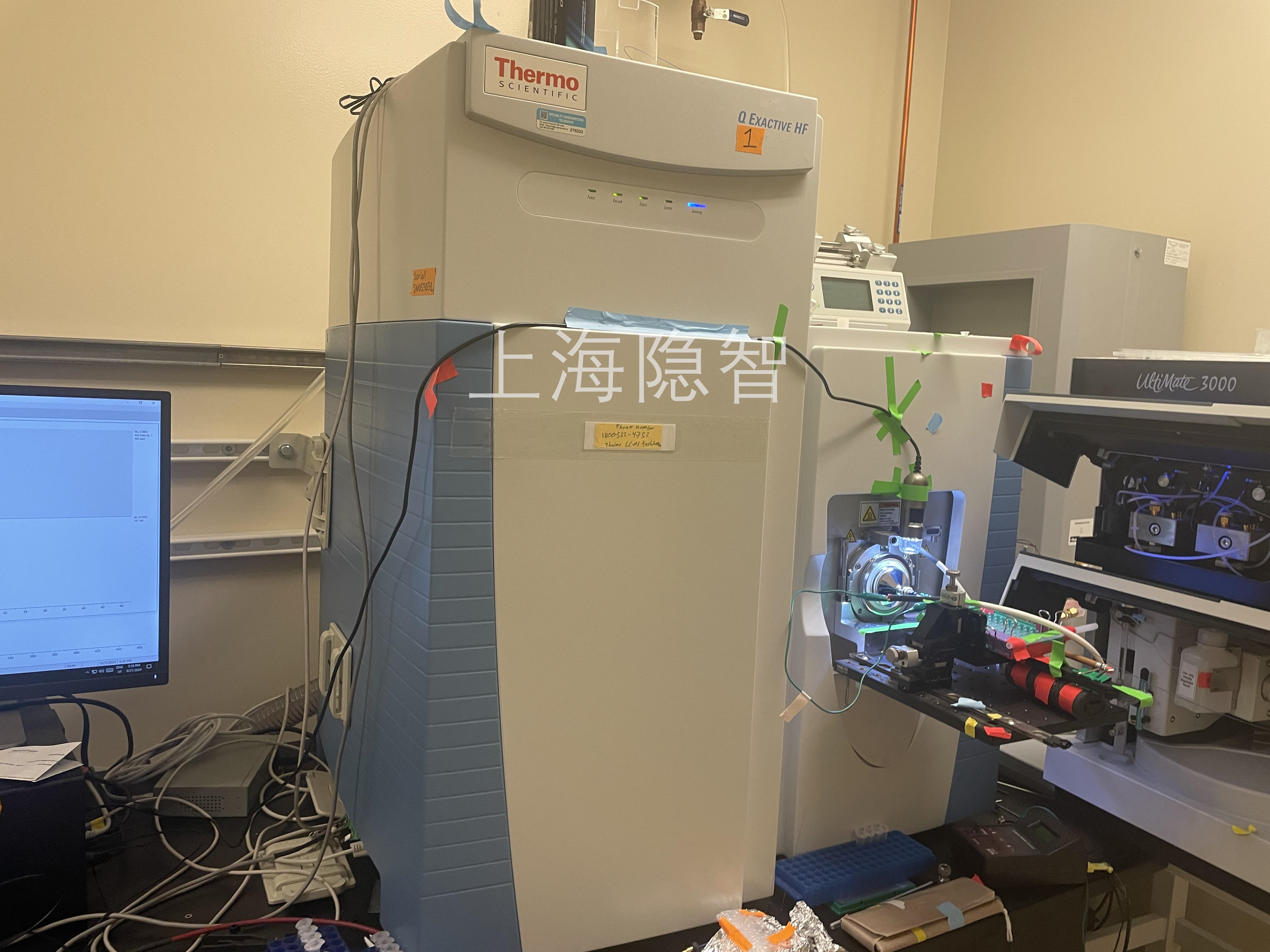
The Thermo Scientific Q Exactive series, launched in 2016, represents a high-performance quadrupole-Orbitrap hybrid mass spectrometer that combines quadrupole precursor ion selection with high-resolution accurate mass (HRAM) Orbitrap detection technology. Designed for qualitative and quantitative analysis in pharmaceutical R&D, metabolomics, environmental testing, and other fields, this instrument sets new standards in analytical precision and versatility.
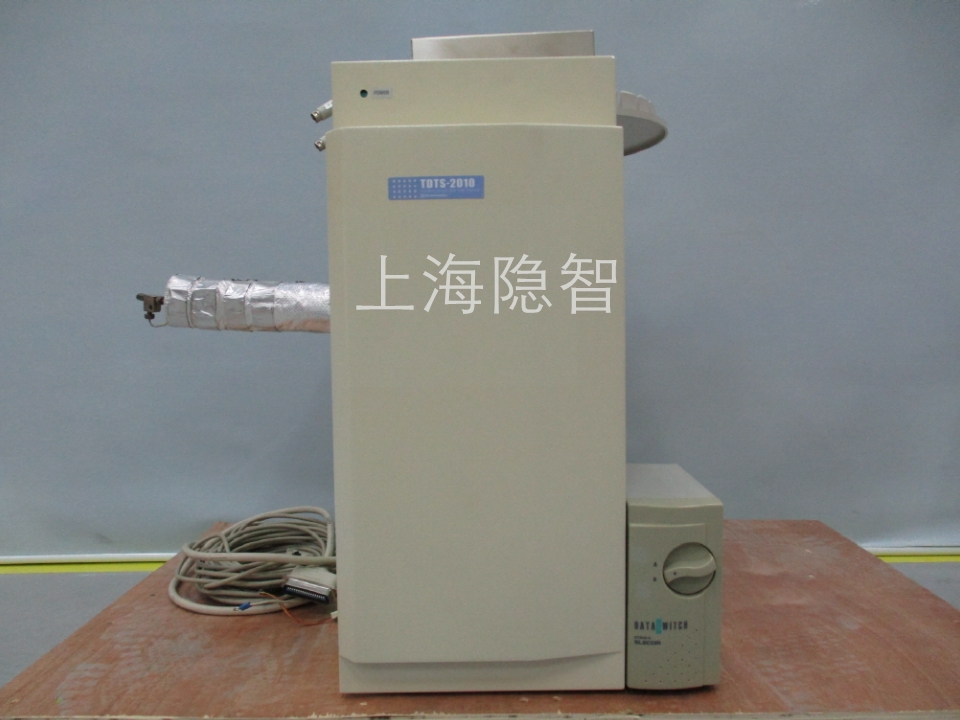
Equipped with a quadrupole mass analyzer, mass range m/z 1.5–1090, scan speed up to 20,000 u/sec Features TDTS (Thermal Desorption-Thermal Separation) inlet system for direct analysis of solid/semi-volatile samples, enabling complex matrix analysis when coupled with GC-MS
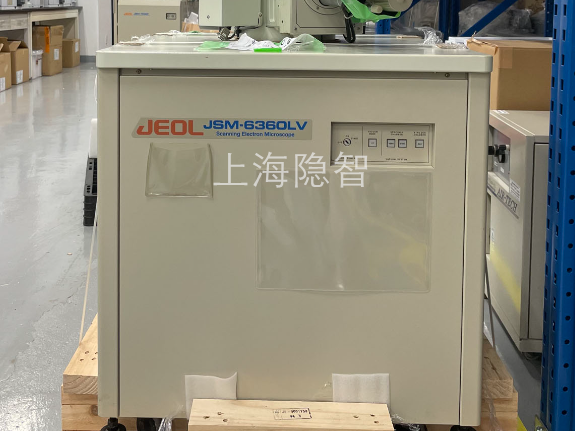
The JSM-6360LV is a tungsten filament scanning electron microscope (SEM) with high/low vacuum capabilities, developed by JEOL Ltd. (Japan). It features a fully digital control system with the following key specifications:
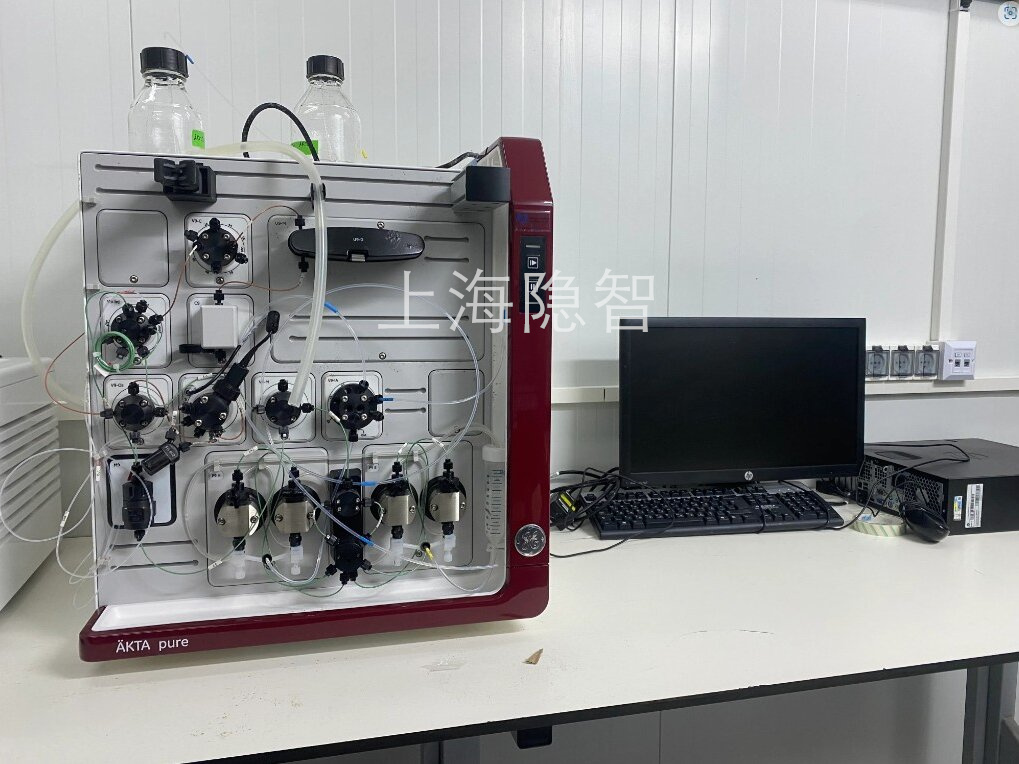
The Akta Pure 25L is a pilot-scale protein purification system developed by Cytiva (formerly GE Healthcare Life Sciences), designed for process scale-up and bioprocessing development. It combines high-precision automation with modular flexibility, making it ideal for the purification of antibodies, vaccines, recombinant proteins, and other biomolecules, supporting workflows from research to small-scale production.
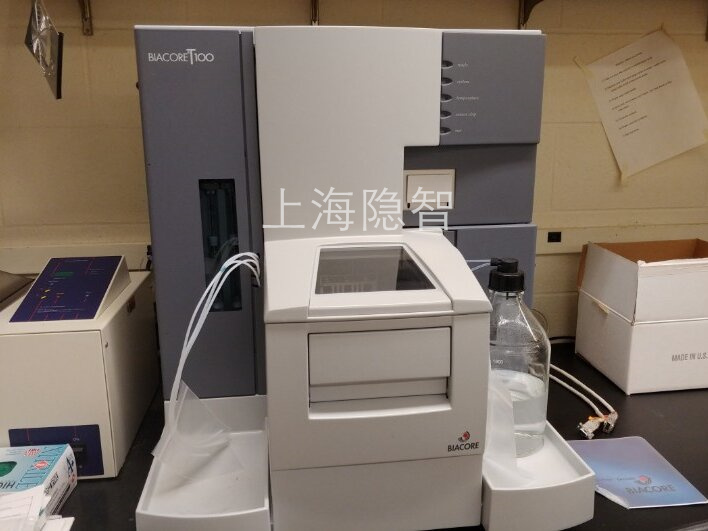
The Biacore T100, developed by Cytiva (formerly GE Healthcare Life Sciences), is a high-precision, label-free biomolecular interaction analysis system based on Surface Plasmon Resonance (SPR) technology. It enables accurate measurement of binding kinetics (Kon/Koff), affinity (KD), and thermodynamic parameters for interactions between proteins, nucleic acids, antibodies, small molecules, and other biomolecules. Widely used in drug discovery, antibody screening, signaling pathway research, and quality control, the system provides critical insights into molecular interactions.
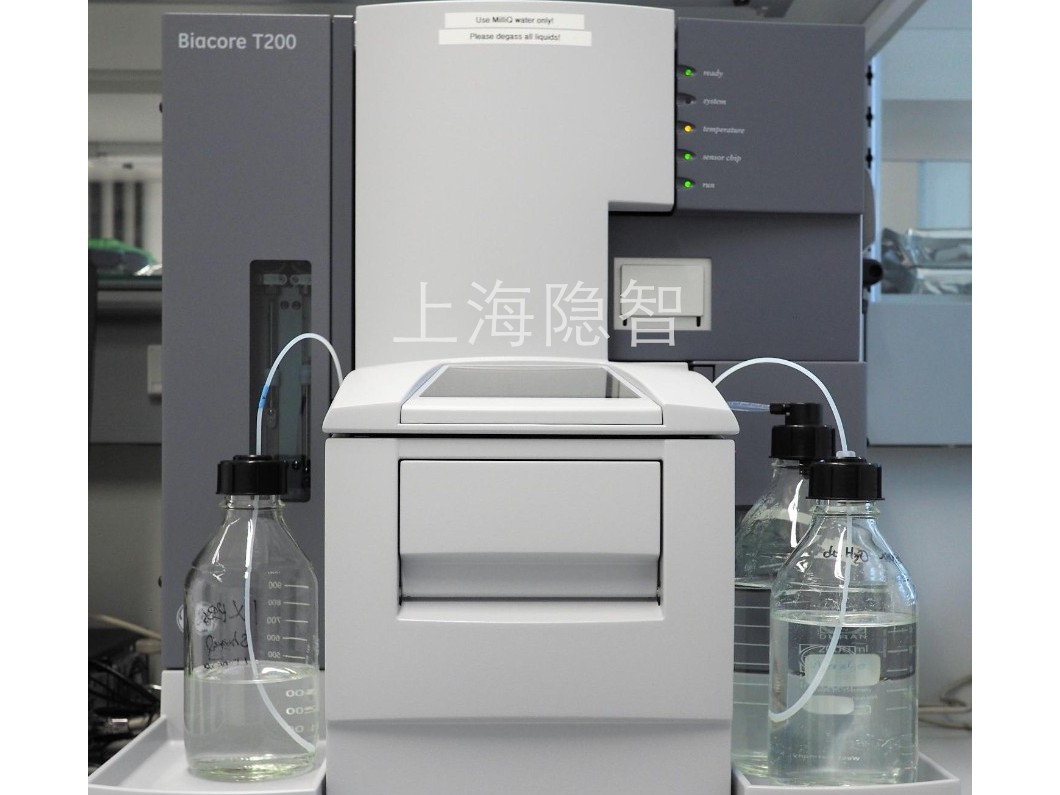
The Biacore T200, developed by Cytiva (formerly GE Healthcare Life Sciences), is a next-generation high-sensitivity, label-free biomolecular interaction analysis system based on Surface Plasmon Resonance (SPR) technology. It enables precise measurement of binding kinetics (Kon/Koff), affinity (KD), and thermodynamic parameters for interactions between proteins, antibodies, nucleic acids, small-molecule drugs, and other biomolecules. Widely used in drug discovery, antibody engineering, cell signaling research, and biopharmaceutical quality control, this system provides critical insights into molecular interactions.
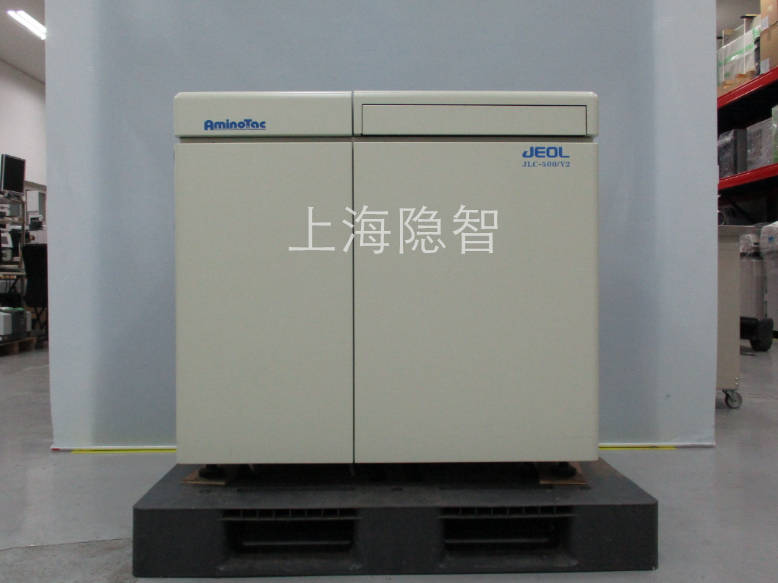
The JEOL Auto Amino Acid Analyzer JLC-500/V2 is a next-generation fully automated amino acid analyzer developed by JEOL Ltd. (Japan). Utilizing ion-exchange chromatography separation with post-column ninhydrin derivatization, it enables precise quantification of 20 standard amino acids in protein hydrolysates, food products, and biological samples. This system finds wide applications in food nutrition analysis, clinical diagnostics, and biopharmaceutical quality control.
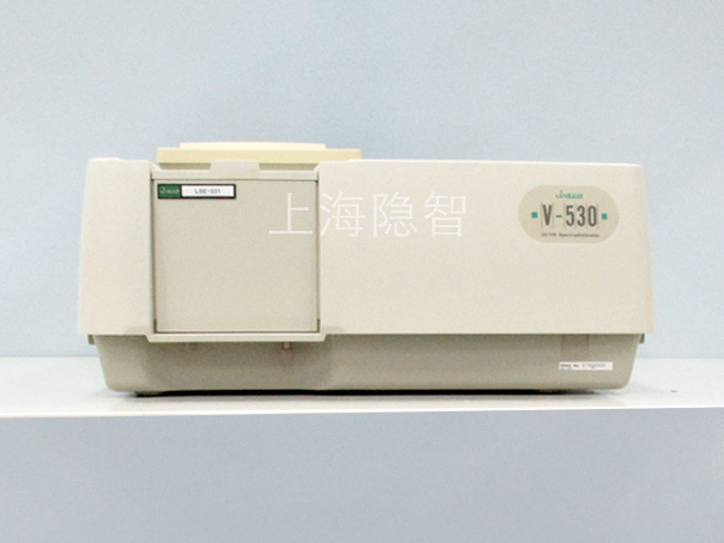
The JASCO UV-VIS V-530 is a classic ultraviolet-visible (UV-Vis) spectrophotometer manufactured by JASCO Corporation (Japan), widely used for quantitative and qualitative analysis in chemistry, biology, pharmaceuticals, and environmental sciences.
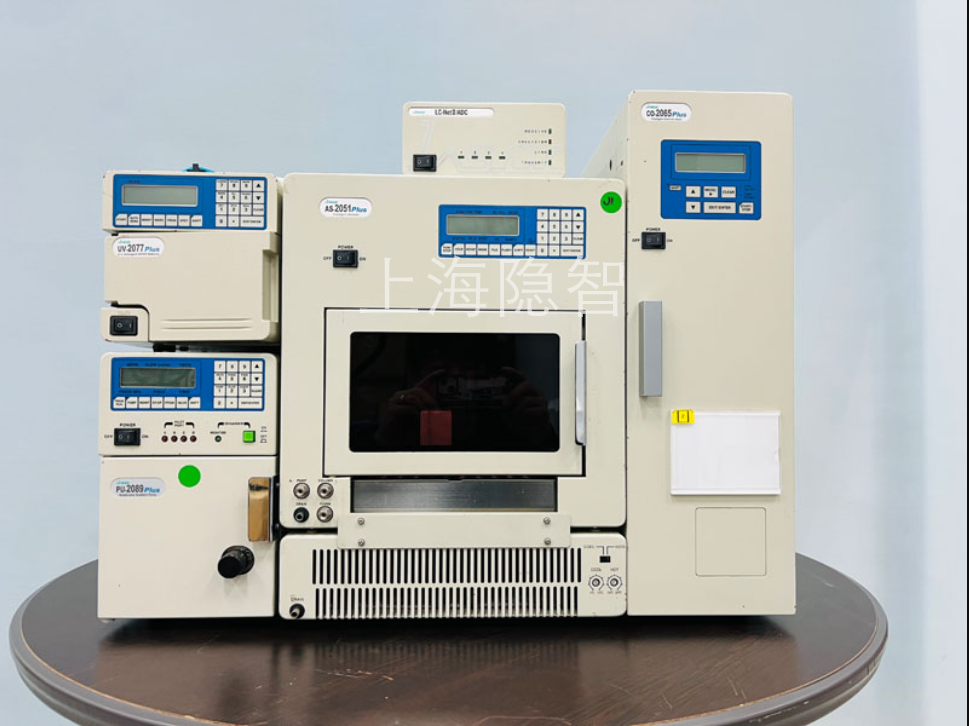
The JASCO HPLC LC-2000Plus, manufactured by JASCO Corporation (Japan), is a high-performance liquid chromatography system widely used in pharmaceutical, biochemical, environmental monitoring, and materials science applications. Renowned for its precision, modular design, and intelligent operation, this system delivers reliable analytical performance.

The JASCO UV-VIS V-660 is a high-performance spectrophotometer developed by JASCO Corporation (Japan), widely used for optical analysis in chemistry, biology, pharmaceuticals, and materials science. Combining a precision optical system with intelligent operation software, this instrument supports various measurement modes including transmission, reflection, and absorption, making it suitable for rapid analysis of liquid, solid, and thin-film samples.
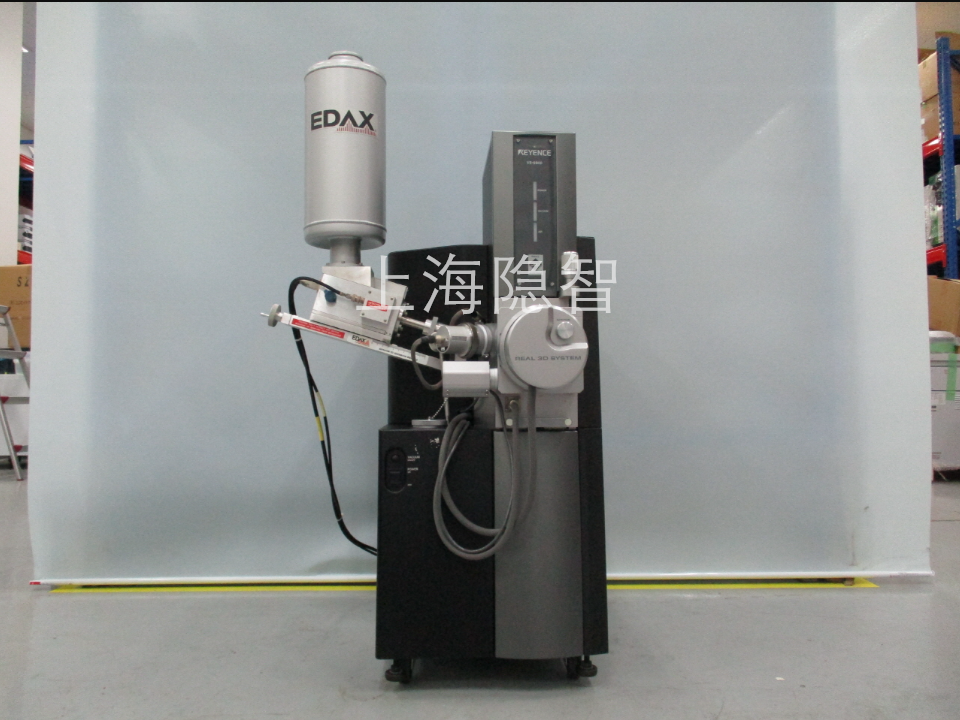
The KEYENCE VE-9800 is a high-precision 3D surface measurement microscope that utilizes advanced optical technology and image processing algorithms to achieve nanometer-level surface topography measurements. This system is widely used in semiconductor, electronic components, precision machinery, and materials science fields, providing accurate measurement solutions for surface roughness, step height, and micro-topography parameters.